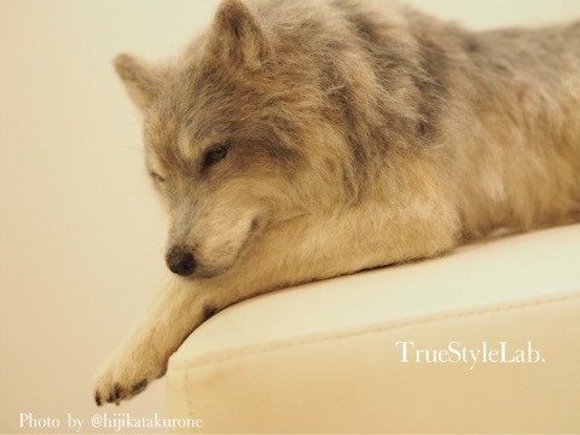Many of us living in tiny apartments can only dream about growing vegetables in our own backyards, but thanks to Foop, an ingenious home gardening pod developed by Japanese company C’estec, we can now grow veggies in the comfort of our own home.
Foop (a combination of the words ‘food’ and ‘people’) is a small-size hydroponic agriculture kit that allows users to grow plants in water instead of soil. Its designers claim that you can use Foop to grow small crops of popular vegetables, including lettuce, arugula, basil, parsley or shiso, all of which can be raised from seeds and will develop faster than non-hydroponic plants.
The elegantly-designed wooden frame of the Foop is is produced by craftsmen from Hida, in Gifu Prefecture, one of Japan’s most famous woodworking regions, but the device also comes with a clear acrylic cover that lets you check the progress of your crops. There are no buttons or switches visible on the Foop, because all the settings – temperature, humidity, light, water levels, etc. – are done via a smartphone app. The Foop will also regularly send notifications regarding the state of your indoor garden and alert you when the crops are ready to be harvested.
 Read More »
Read More »




















